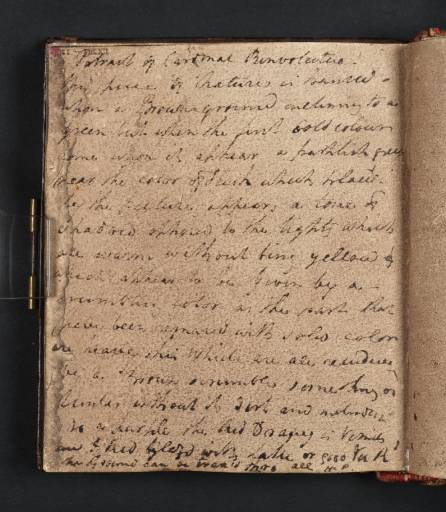References
How to cite
David Blayney Brown, ‘Commentary on Anthony Van Dyck’s ‘Cardinal Guido Bentivoglio’ (Inscription by Turner) 1802 by Joseph Mallord William Turner’, catalogue entry, July 2005, in David Blayney Brown (ed.), J.M.W. Turner: Sketchbooks, Drawings and Watercolours, Tate Research Publication, December 2012, https://www

